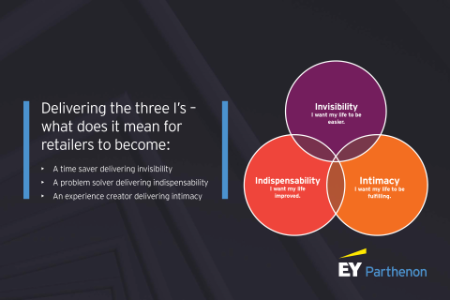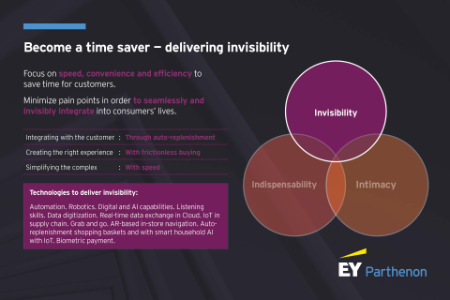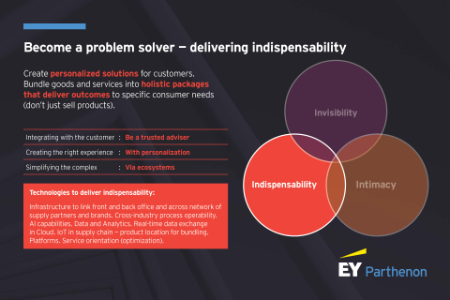Creating successful technology strategies to integrate into consumer lives
Retailers must bring together the technologies that serve customers with those that run the business to drive value for both, if they are to integrate into consumer lives. Here are five strategic considerations:
1. Deliver technology with humans at the center
Technologies and processes are vital, but only half the story. Successful technological transformations require an approach that has humans at the center. Remember that customer data represents the real experiences of people interacting with the business – often with employees. Improving technologies and processes is a journey that brings along both customers and employees alike and empowers their relationships seamlessly and effortlessly.
2. Create a foundation of operational excellence
Ensure the business’ core technologies and processes consistently meet the desired performance your value propositions demand. Once in place, it becomes easier to enhance offerings or deliver new ones with confidence that expectations will be met to today’s standards at the very least. Creating operational excellence is business critical and resource limited so focus the best people on these scalable projects to drive transformation at the heart of the enterprise.
3. Pool data to create one version of the truth
Capture business data alongside customer data in a central data lake to holistically analyze performance, behaviors and trends. Provide access to master data across the entire business generating actionable insights to drive customer engagement and experience, and operational decisions and innovation.
4. Prioritize customer value above individual cost
Focus on the profitability of the whole technology ecosystem and the contribution individual technologies make towards generating customer value. Looking at the profitability of individual technology projects in isolation will not give you a complete understanding of the contribution they make to the customer or the business. Use technology to build its own business case by understanding the systemic value it will bring to the enterprise, rather than building a business case for the technology in siloed initiatives.
5. Shift mindset
Enable executive management to control the technological transformation agenda so that agile pilots support the business’ long-term strategic objectives. Carefully consider the business’ own strengths and identity and create a values-based digital business model supporting a vision of the future. Leverage the complexity of technologies and processes to create new factor combinations and new value propositions that customers value.







